Please Hold
Part of Regionale 23
(It’s about damned time)
Be it in the private or public sector, waiting is a necessary step to everyday life – one that is calculated into yearly expenses of corporate and common design. It’s something to be managed and minimised. Good service = little to no waiting (or at least enjoyable waiting). Although some offices may prioritise it more than others, service accountability in the age of Yelp is a universal demand. Like a reception area, a 1-star review sets the tone and expectations for the interaction ahead. Under the general rule “a happy customer is a loyal customer”, hospitality is a regulated craft. But welcomeness is difficult to coerce. It’s relatively easy to spot a forced smile and even if it isn’t fake, it’s certainly not genuine. To avoid breaking the fourth wall, a degree of honesty is required in being truly hospitable.
Today, time runs fast. To not have instant gratification – to wait – means enduring the perception of “conscious time”, a time that is no longer lived through but felt. Legs turn restless, the mind paces back and forth bustling with discomfort and our body becomes burdened with an eerie sense of self-awareness. Boredom seeps in and duration becomes an undeniable certainty; we have time but we don’t want it. The hour is lived and time just feels unsynchronised as we become merely a thing that waits. Attention becomes disparately fixated, bouncing from one thing to the other in a non-directional gaze, simultaneously focused and aloof. The surroundings are no longer of ordinary function, objects acquire an uncanny quality: the hatstand appears to have a spoon for a hook, a blazer seems heavy as stone, the clock ticks counter clockwise... Their surreal particularity is revealed, cropped out from their typical context of invisibility just like the “waiter’s” own body, which now is reduced to, as it crumbles into powerlessness, an estranged object among other stranded objects.
Like a warm airplane towel, waiting rooms are designed to soothe this uneasy state. TV’s, magazines, muzak and bucolic paintings become artifices of distraction in a delicate dance between diversion and functionality. These tools help create an environment which seeks to manage a large number of people and their own unwanted experience as waiters. Architecture, design and art, together in what could be framed as an immersive installation of sorts, unite in an effort to make waiting a little bit more bearable. Ultimately, these spaces are an act of hospitality or fabricated warmth. A dramatised clash between what feels natural and what feels artificial; what seems “real” and what seems “abstract”. In other words, these are “liminal spaces” that quiver on the threshold of absurdity. They lie before the curtain of a universe of regulation, like a preface prior to plunging into the abyss of bureaucracy. In a way, they are the embodiment of protocol, of ticked boxes and filed documents; an illusion of time awkwardly literalised.
The present exhibition was organised within the context of Regionale 23, the cross-border project which yearly gathers several institutions in Basel and the trinational region (Northwestern Switzerland, South Baden and Alsace). Artists from or based in the region are eligible to apply to an open call, from which the host institutions select artists to exhibit. The process entailed an Excel sheet of 632 applicants. Each entry linking to portfolios, CVs and basic personal data. “First name / Name / Date of birth / Gender / And so on”. The curatorial tenor of PLEASE HOLD was therefore systemised, born out of an approved and stamped grid-like vision in a seemingly endless scroll of artists turned into numbers – an exhibition made in and out of bureaucracy.
Diogo Pinto
Works by Kristian Suvtane Augland, Jonathan Bitterli, Karola Dischinger, Susan Fankhauser,
Laura Grubenmann, Dorothee Haller, Anas Kahal, Enrico Luisoni, Matilde Martins, Anastasia Pavlou, René Pulfer & Herbert Fritsch, Nicolas Sarmiento, Mirjam Spoolder and Gina Weisskopf
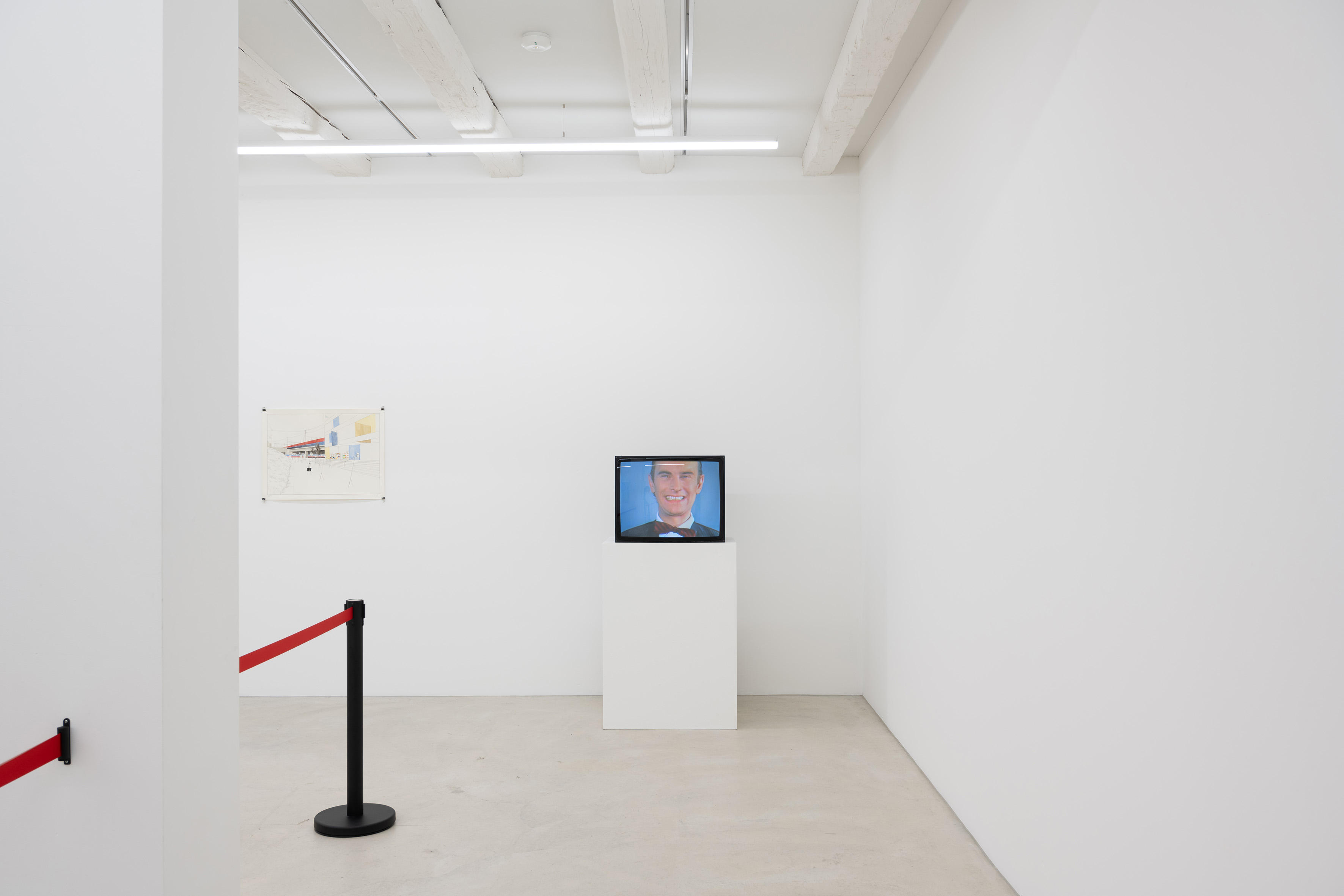

René Pulfer & Herbert Fristch, untitled, 1983, 1 channel video, 17’, courtesy Kunstkredit Basel
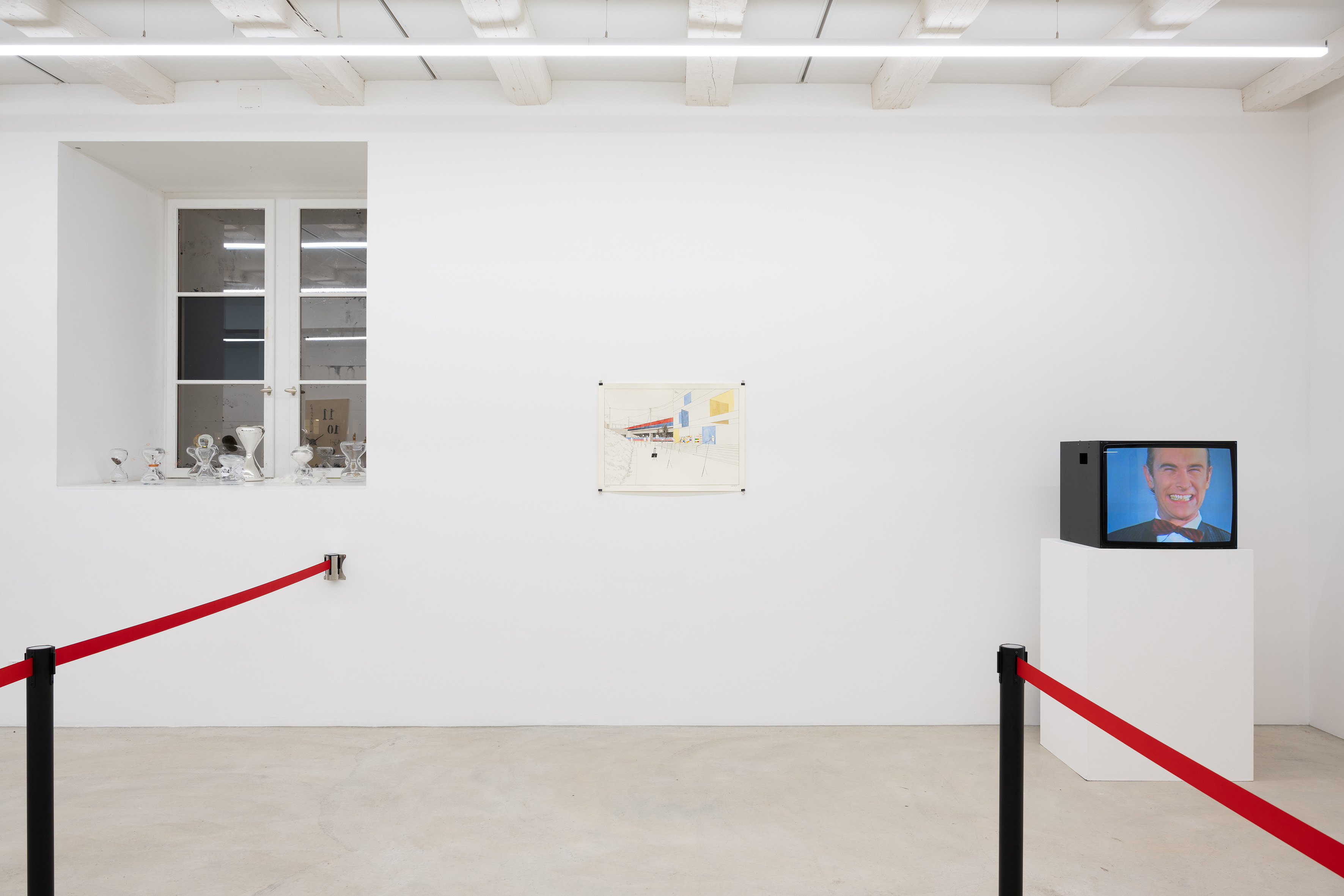

Jonathan Bitterli, “Workflow”, 2019, ink and gouache on paper


Karola Dischinger, “Rhythm of Life (Moon phases)”, 2020, glass fusing

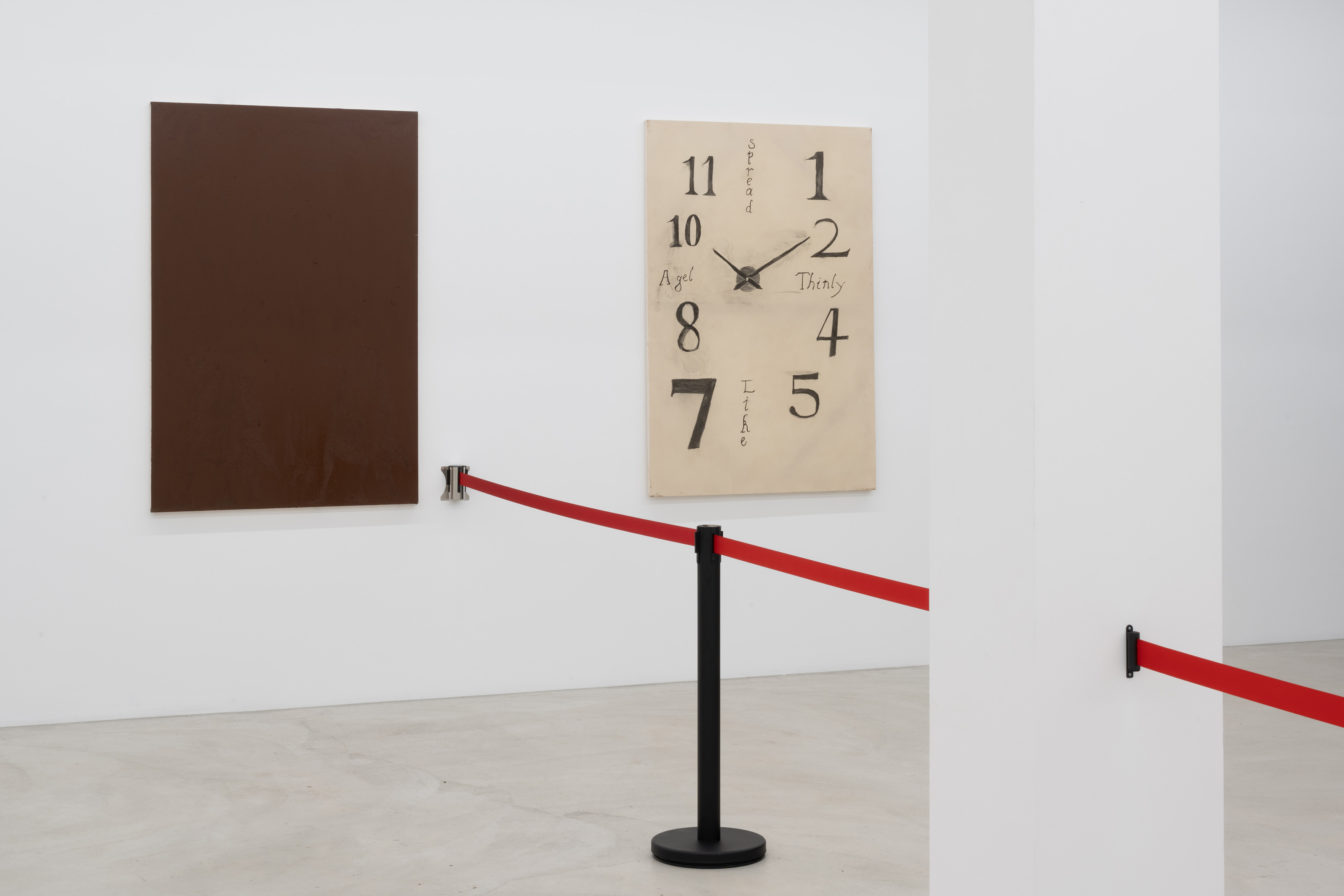 Anastasia Pavlou, “The Twins” and “Spread Thinly Like a Gel”, 2022, enamel, oil, water and gesso on canvas
Anastasia Pavlou, “The Twins” and “Spread Thinly Like a Gel”, 2022, enamel, oil, water and gesso on canvas
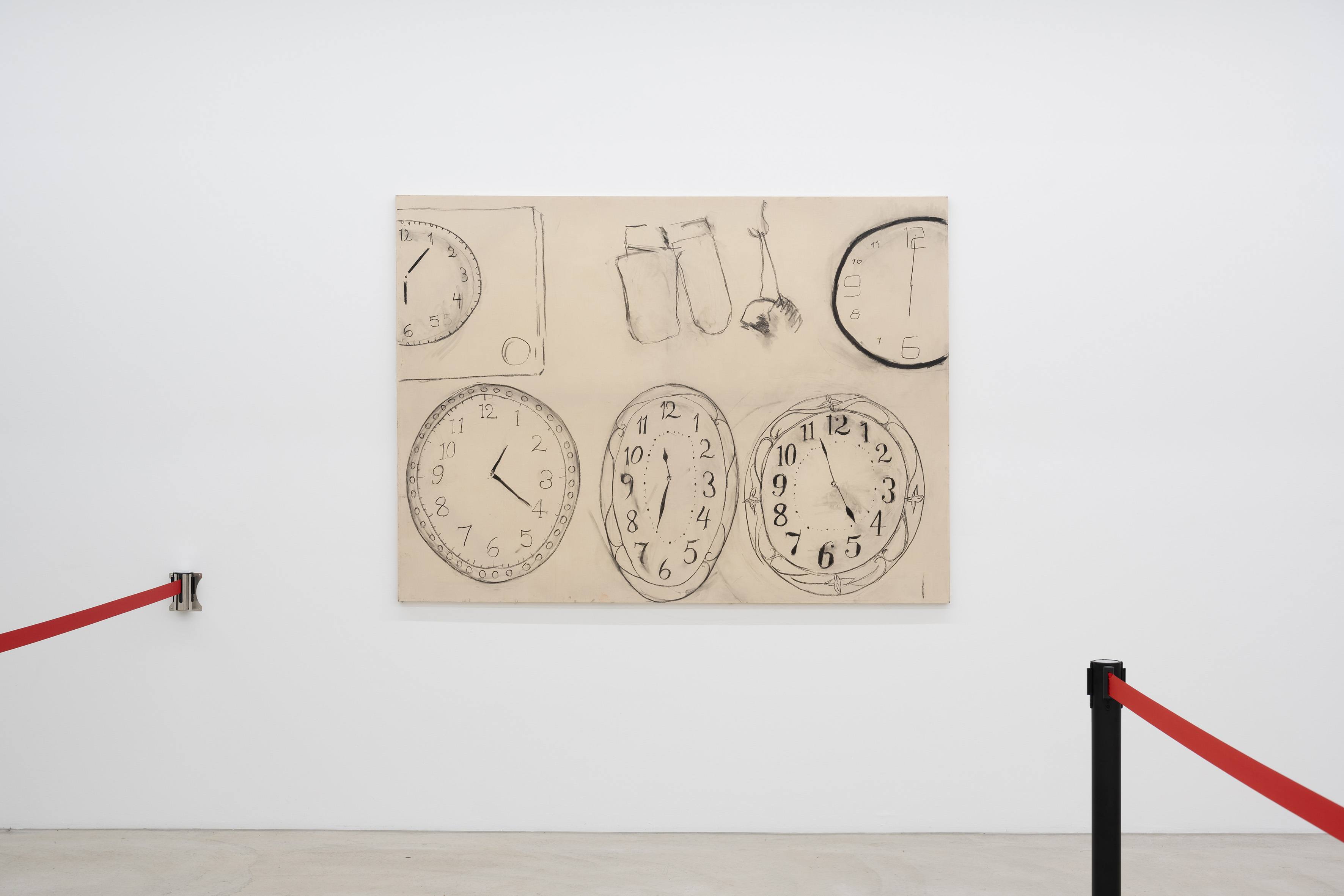
Anastasia Pavlou, “Dreaming=Dying”, 2022, charcoal, pigment and gesso on canvas
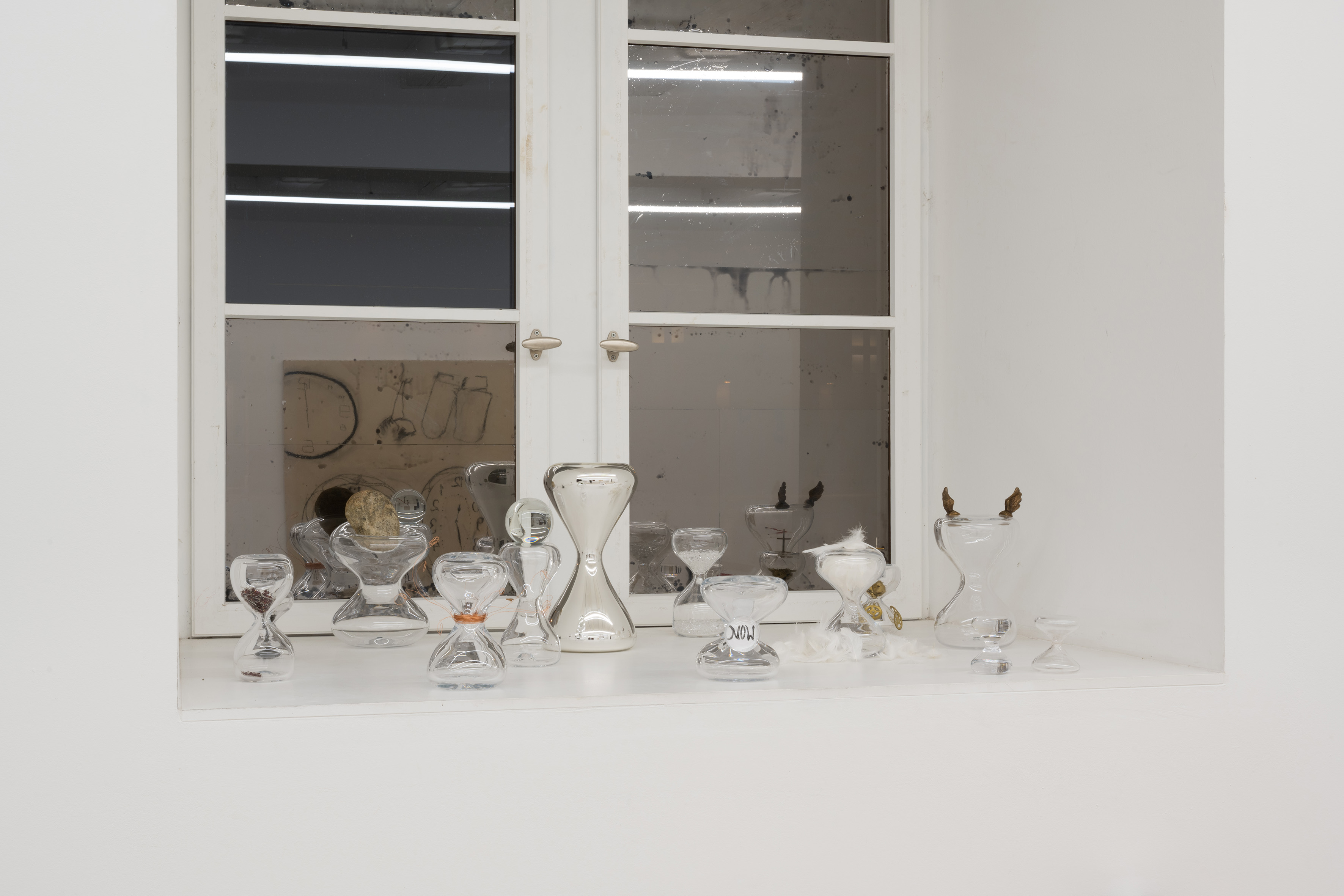 Karola Dischinger, “Heavy Times, Steady Drop, Time Machine, Expired, Your Own Time, Time Flies – Slow Down, Resistance Futile, Future Uncertain, Celestial Times, AI Artifical Intelligence, Here and Now, High Pressure / Slack Time”, 2017-22, glass, paper, copper wire, feathers, resistors, bronze, gears and sand
Karola Dischinger, “Heavy Times, Steady Drop, Time Machine, Expired, Your Own Time, Time Flies – Slow Down, Resistance Futile, Future Uncertain, Celestial Times, AI Artifical Intelligence, Here and Now, High Pressure / Slack Time”, 2017-22, glass, paper, copper wire, feathers, resistors, bronze, gears and sand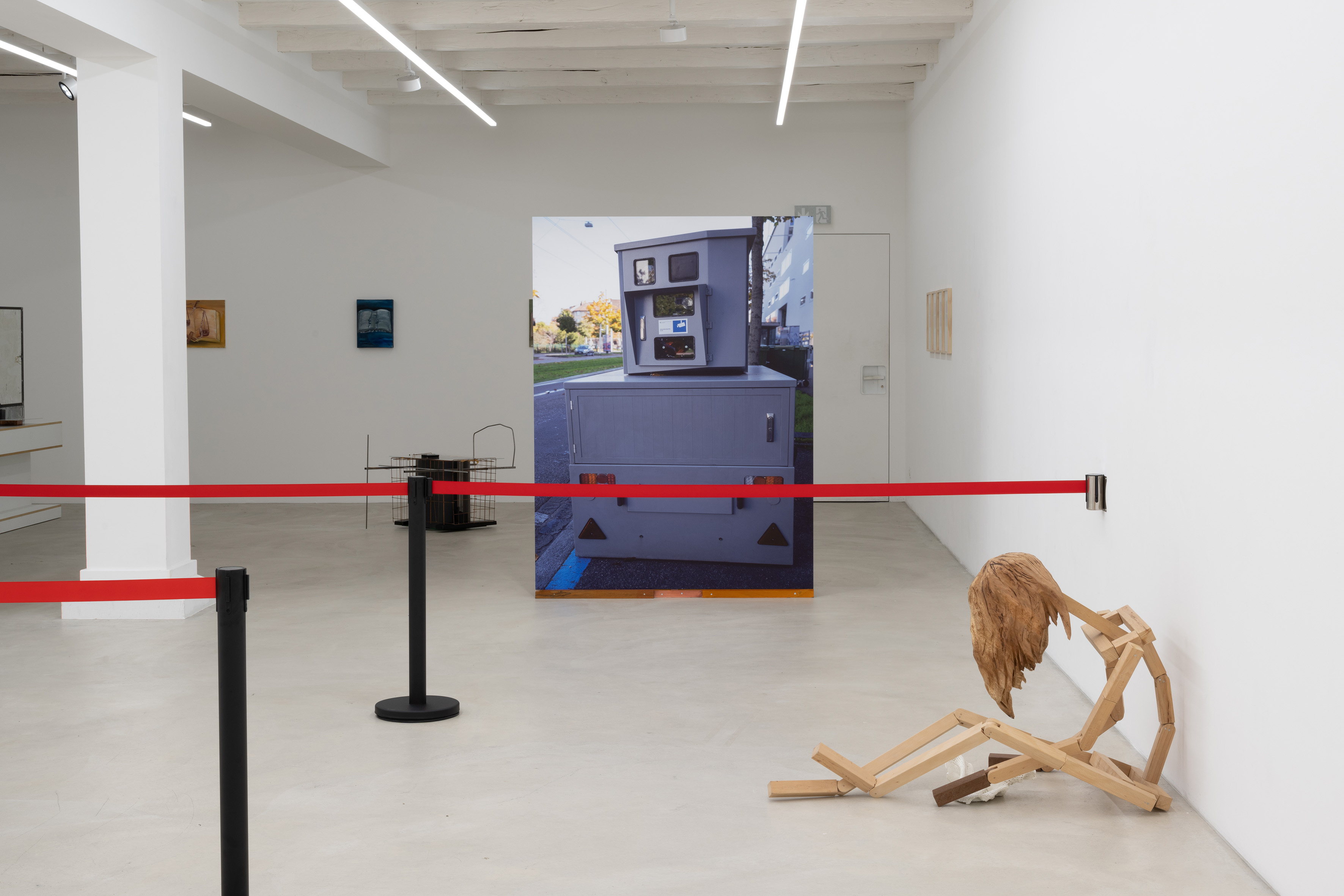
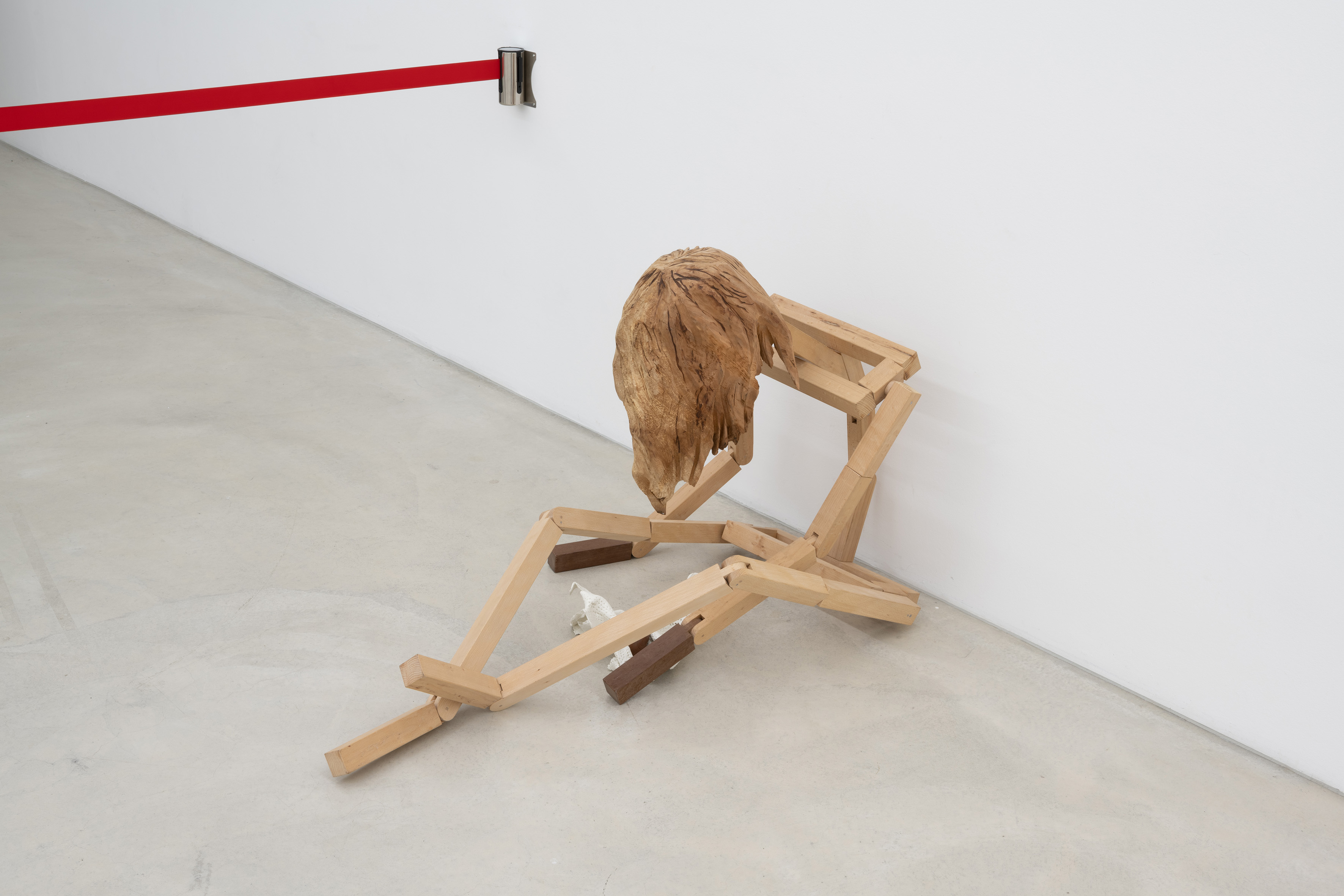 Laura Grubenmann, “Burn me down in anger, cling to my softness for eternity”, 2020-22, beech, mahogany, metal and clay
Laura Grubenmann, “Burn me down in anger, cling to my softness for eternity”, 2020-22, beech, mahogany, metal and clay

 Nicolas Sarmiento, “It is all grey out there. The floors are ash, the walls are dove, the table is slate, the rug is gunmetal”, 2022, wood, UV print on Stadurlon sheet, wood stain, wax, velvet and pencil
Nicolas Sarmiento, “It is all grey out there. The floors are ash, the walls are dove, the table is slate, the rug is gunmetal”, 2022, wood, UV print on Stadurlon sheet, wood stain, wax, velvet and pencil


Karola Dischinger, “Career Ladder”, 2016, glass, metal and plush toy


Gina Weisskopf, “Sternzeichen Zwillinge”, 2016, oil on canvas

Gina Weisskopf, “Tote Buch”, 2016, oil on canvas
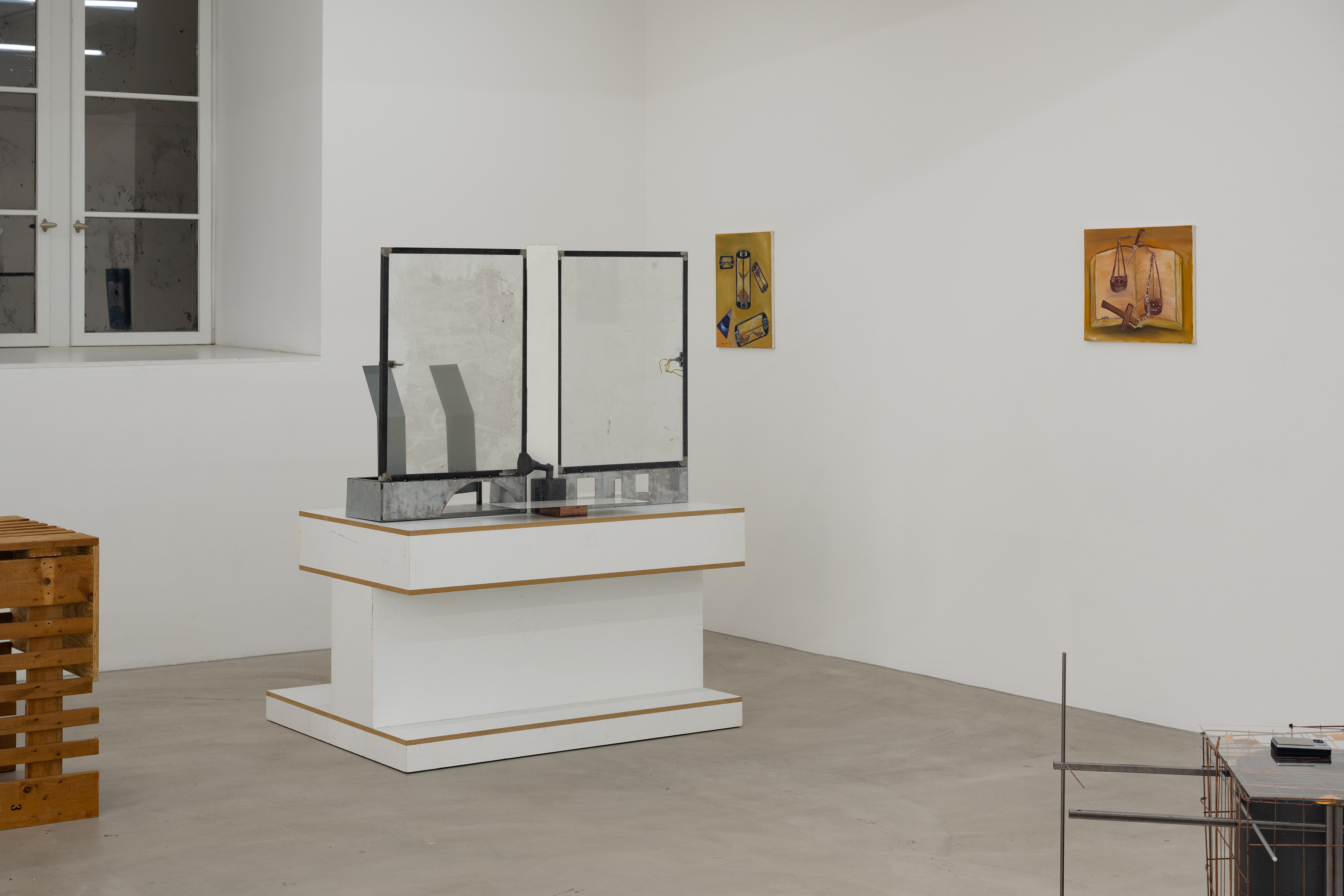

 Nicolas Sarmiento, “Migration, power and pristine reservoir counters”, 2020, wood, steel, glass, ticket, casted iron sample, laser cut on acrylic sheet, wire, inkjet print on paper, PVC plastic coated steel rope, electronic scale, stainless steel, copper, aluminium, plastic handle, ball bearings, dirt, metal standing feet, lamellos, screws, glue, foam floor roll, marker pen and orange peels
Nicolas Sarmiento, “Migration, power and pristine reservoir counters”, 2020, wood, steel, glass, ticket, casted iron sample, laser cut on acrylic sheet, wire, inkjet print on paper, PVC plastic coated steel rope, electronic scale, stainless steel, copper, aluminium, plastic handle, ball bearings, dirt, metal standing feet, lamellos, screws, glue, foam floor roll, marker pen and orange peels


Enrico Luisoni, “Bodywork”, 1986, 4 polaroids (each)

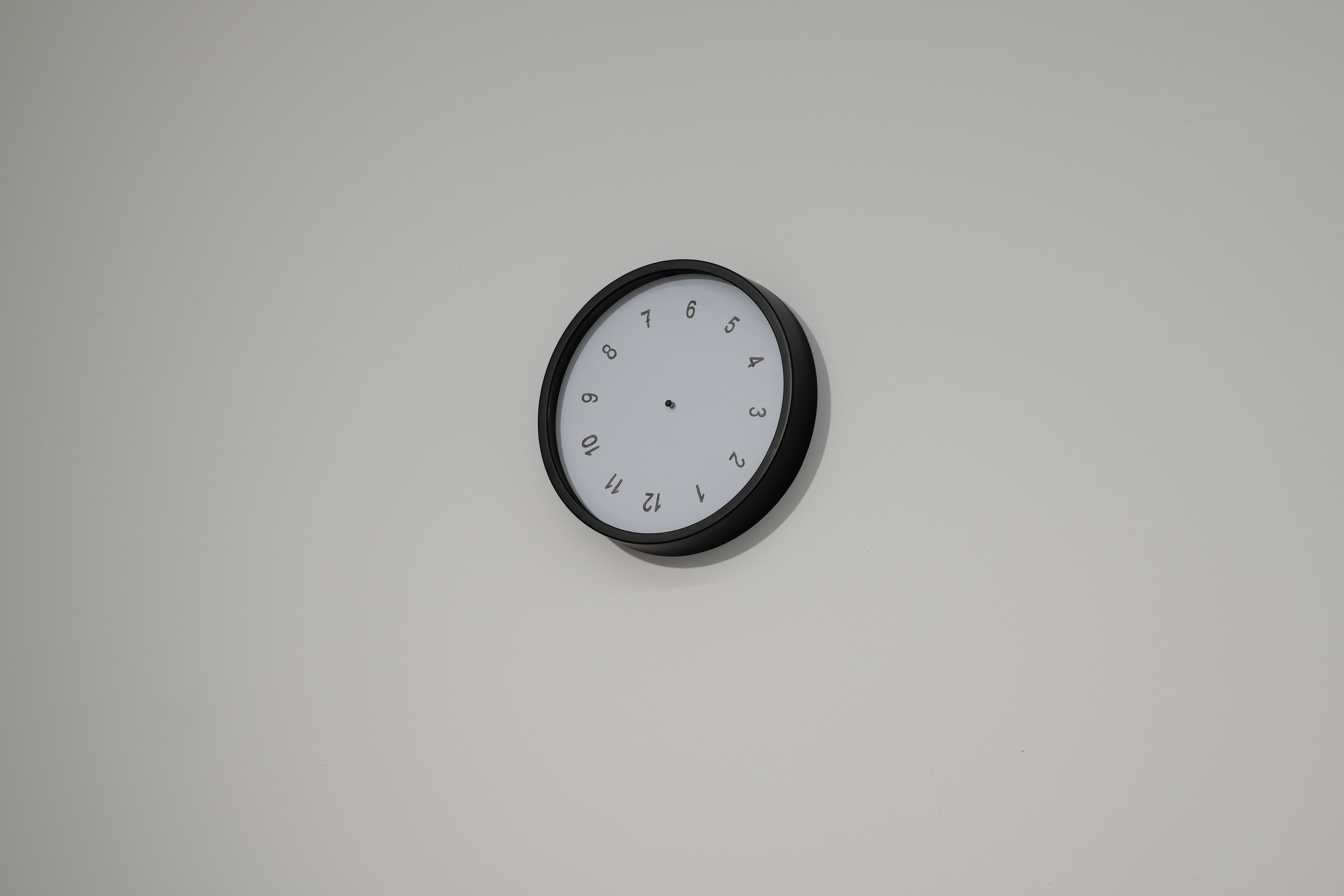 Susan Fankhauser, “Die Zeit umkehren”, 2022, clockwork, plastic, glass, ballpoint pen on paper
Susan Fankhauser, “Die Zeit umkehren”, 2022, clockwork, plastic, glass, ballpoint pen on paper

Dorethee Haller, “Groundbreaker”, 2017, split, silicone and fabric

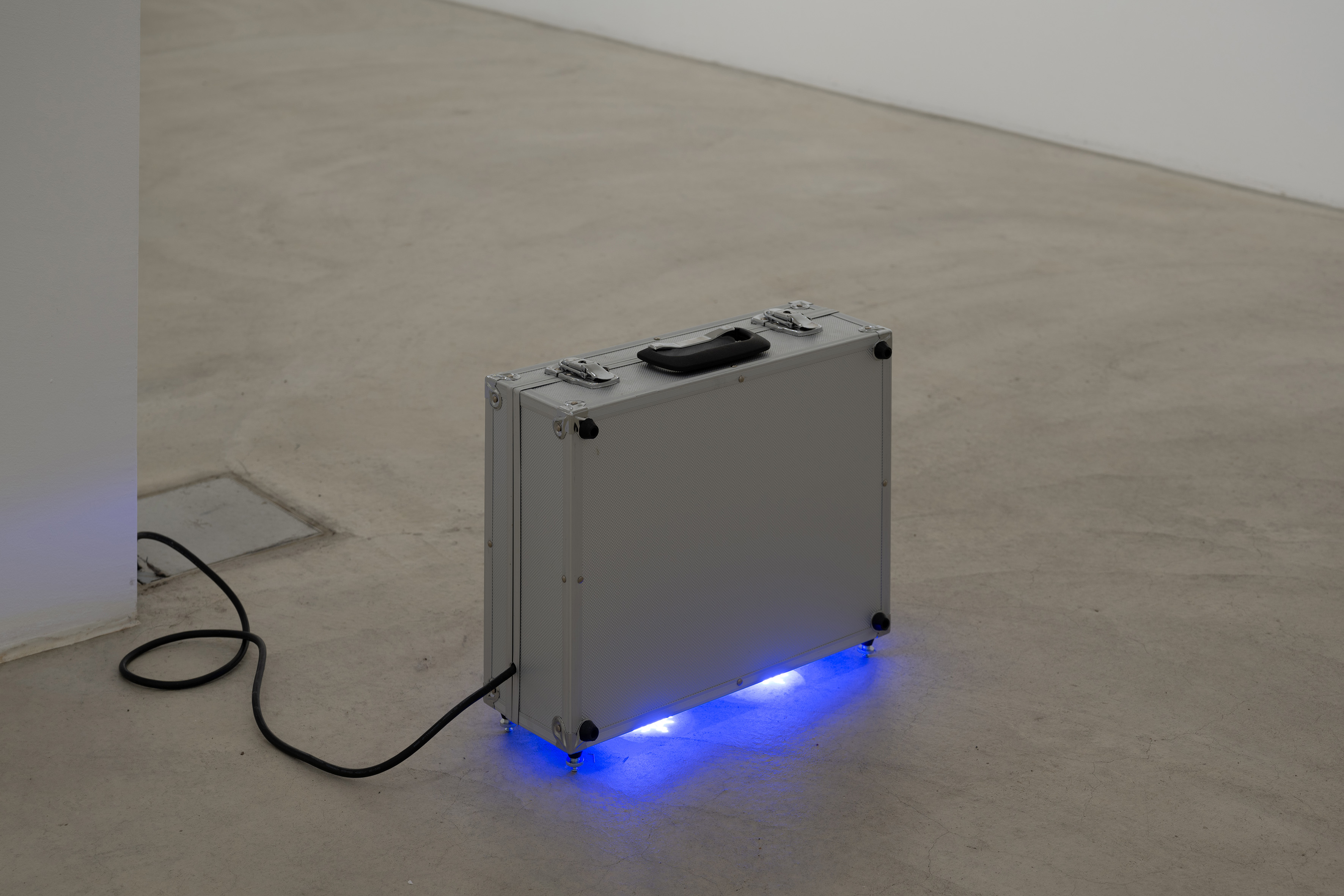
Kristian Suvatne Augland, “Adapter 1”, 2022, aluminium briefcase and laser projector
 Kristian Suvatne Augland, “Sculpture Chair 1-5” and “The news 1-6”, 2022, steel, leather, wood and foam
Kristian Suvatne Augland, “Sculpture Chair 1-5” and “The news 1-6”, 2022, steel, leather, wood and foam 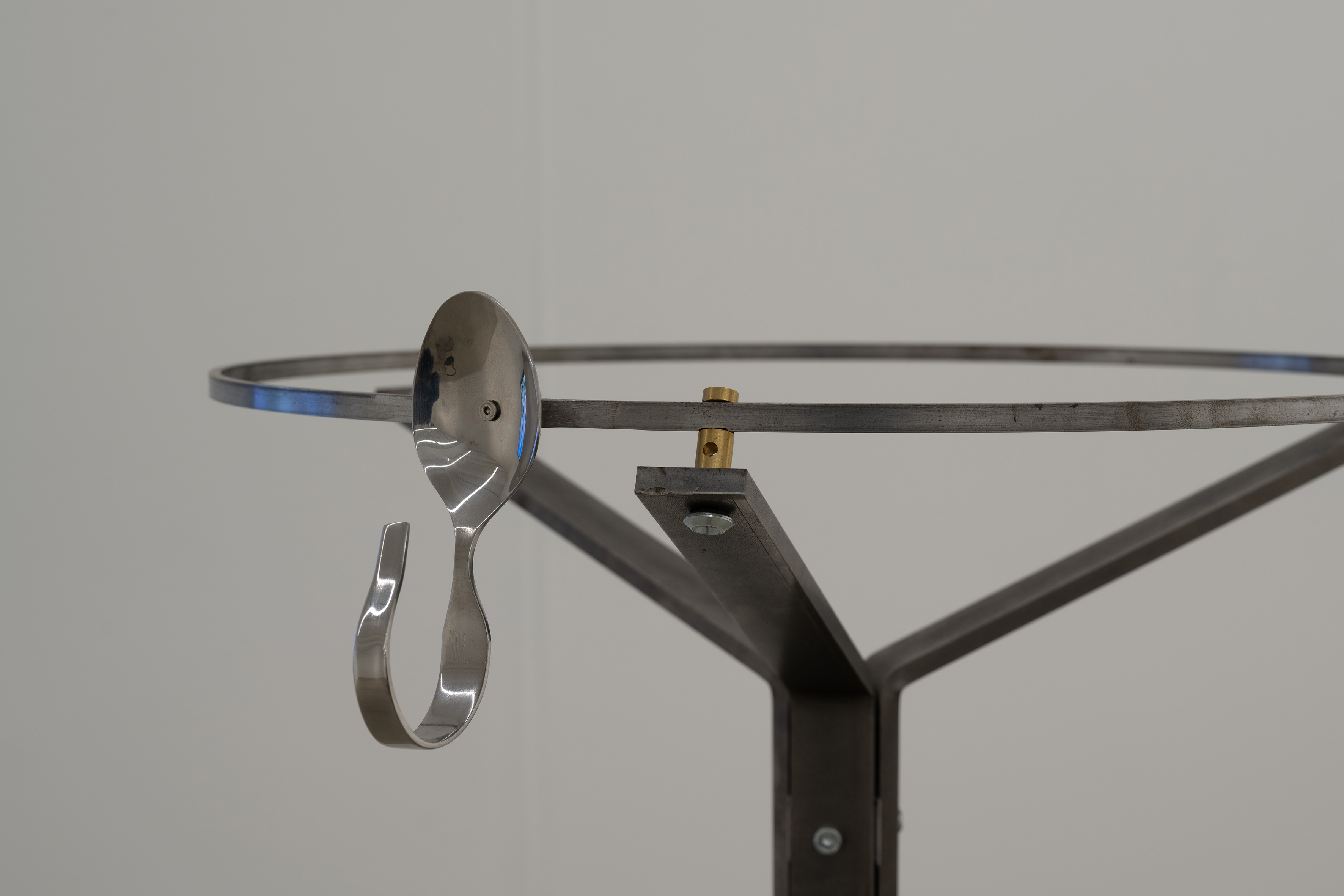
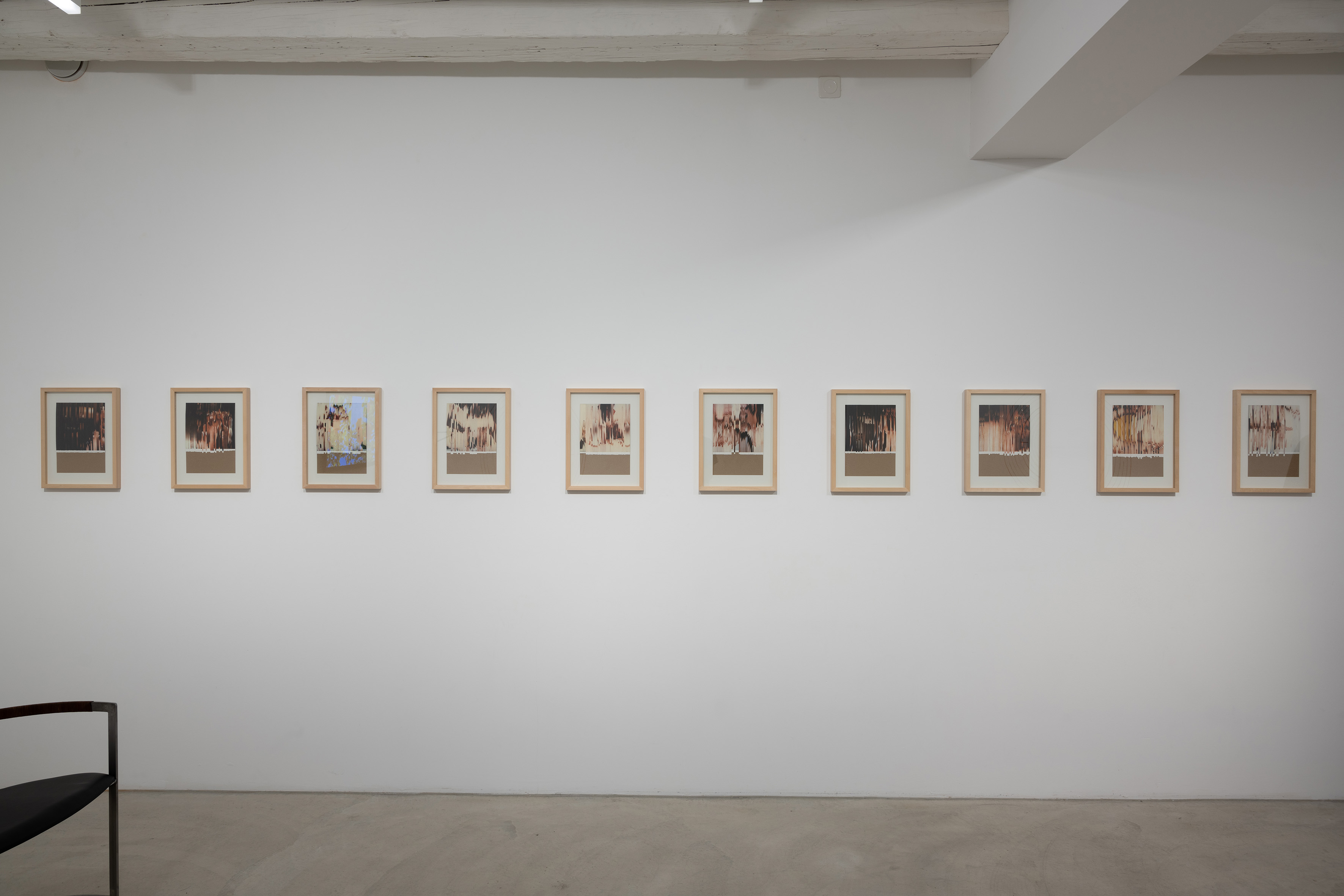
Mirjam Spoolder, “Unclothed Paper”, 2022, collage



Matilde Martins, “Leben Mittel Punkt”, 2022, acrylic and gouache on wall


Anas Kahal, Red Roses, 2020, 1 channel video, 14’04’’
Curated by Diogo Pinto
Ausstellungsraum Klingental
Basel, 2022
Photos by Finn Curry